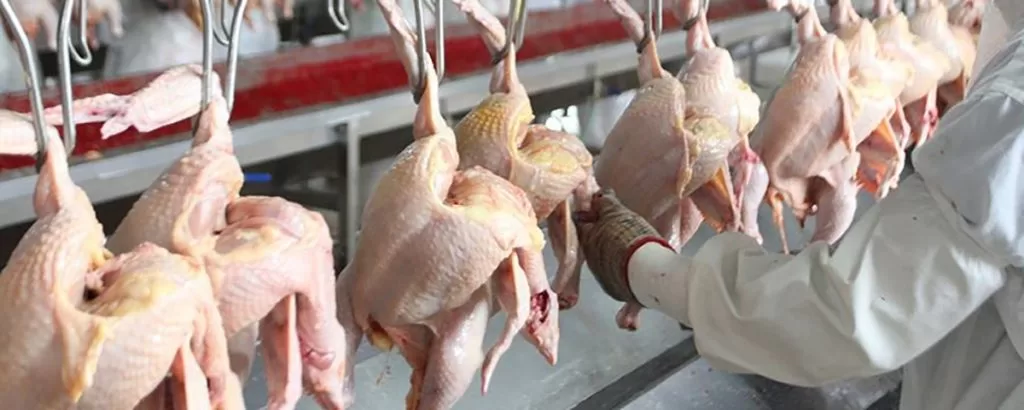


The purpose of food preservation methods is to prevent or limit microbiological and enzymatic changes. Various microorganisms reproduce on the food in a short time, and on the one hand, they provide the nutrients they need from the products they live on, on the other hand they give the metabolic wastes to the environment. At the same time, the activity of various enzymes naturally found in the structure of every food continues. As a result of all these, radical chemical and physical changes occur in foods, and for this reason, foods can become unconsumable by humans. Due to poor preservation of foods, approximately 1/5 of their nutritional values are lost and to prevent this, foods should be well preserved. White meat spoils more quickly than red meat, so the storage temperature of chicken meat in cold storage and the initial microorganism load directly affect its durability. Chicken can be stored in two ways, frozen and fresh. Fresh products have a shelf life of one week when refrigerated at 0-4 oC. The shelf life of frozen products varies between 8 and 12 months, depending on the storage temperature of -18/-23 and the storage temperature.
Since the duration of the carcasses in cold water negatively affects the quality of the carcass, it is desirable that this time be less. The cooling time of specially made carcasses with an open top and directly treated can be reduced to 30 minutes.
This system can be used alone or after cooling with water. In the classical cold room, the carcasses are circulated for a certain period of time by means of a chain conveyor, and they are cooled down to + 4°C.
Liquid CO2, which is commercially available for consumption in special steel tanks under 20 bar pressure and -20°C, is applied to the carcasses that are cooled down to +7 °C in water cooling to cool them down to -2°C.